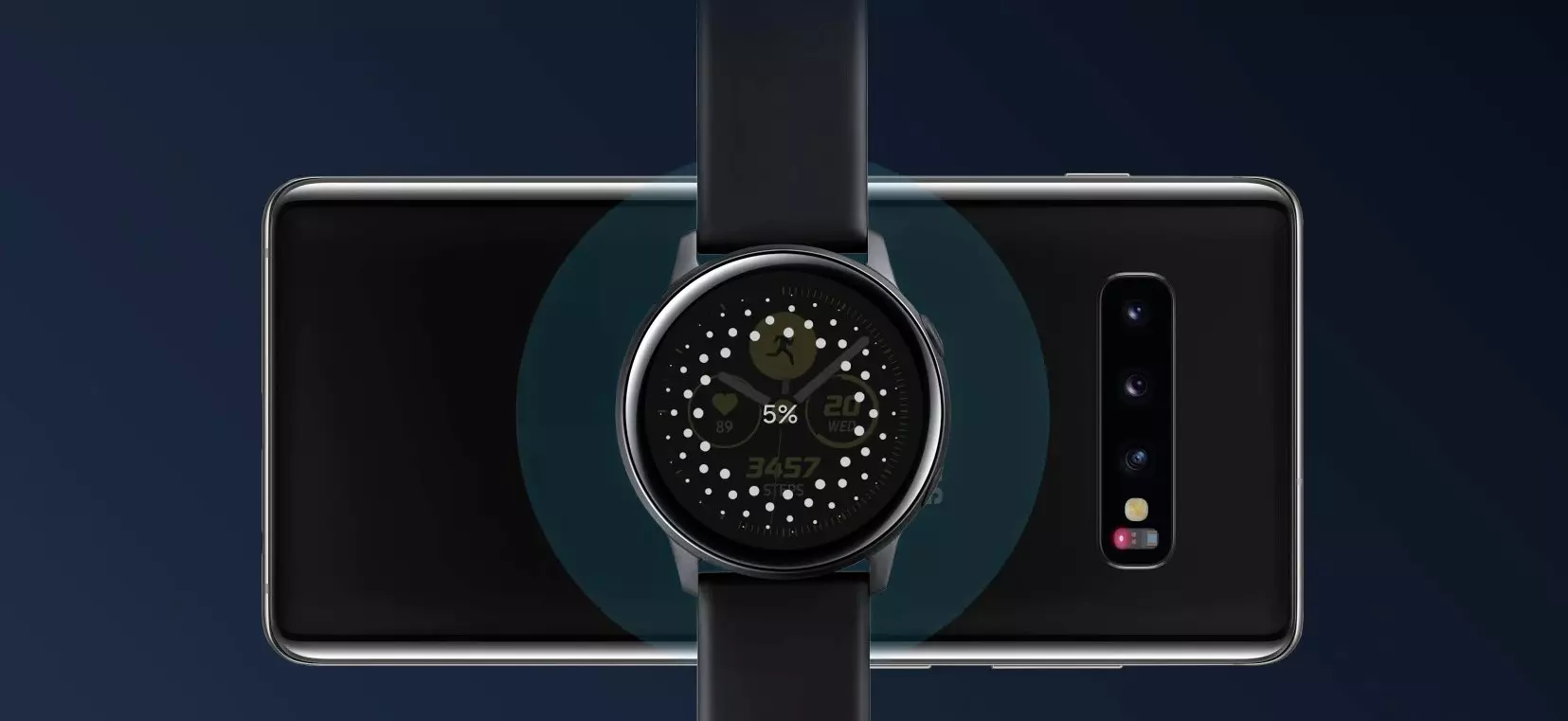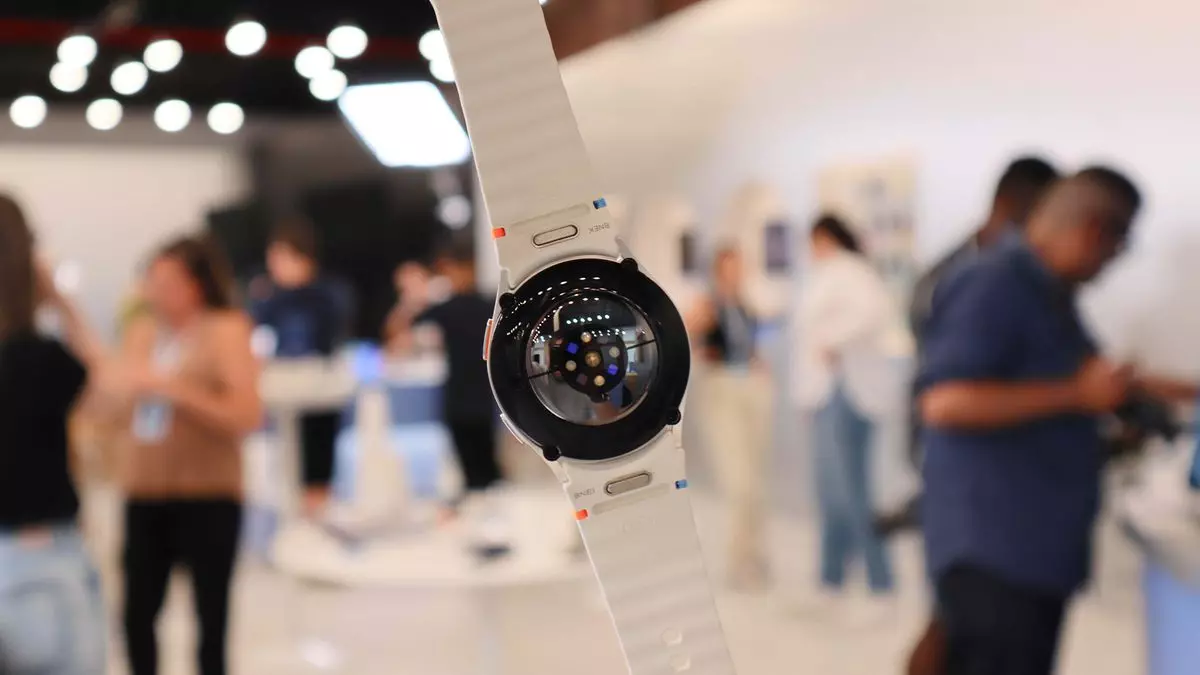People who take full advantage of the Samsung ecosystem are used to using their high-end smartphones to charge their smart wireless earbuds. Since the running time of smartwatches is not very good, there were a lot of people who lived on charging from their mobile phones, but now we can report bad news in this area.
The feature called Wireless PowerShare has been removed from the Galaxy Watch7 and Galaxy Watch Ultra models.
Wireless PowerShare is a very good option and is actually ideal for the purpose of being able to charge smartwatches and earphones anywhere – at the expense of your phone's reserves. That's why it's very sad that Samsung left it behind for some reason. The latest BioActive sensor array is said to be responsible for putting Wireless PowerShare in the parking lot.
Wireless PowerShare has given smartwatch owners a sense of peace of mind. Thanks to this, if they accidentally forget to charge their wearable accessories in the evening or in the morning before leaving the house, they can still charge them from their smartphone if necessary. Wireless PowerShare was introduced with the launch of the Galaxy S10, and since then it has become part of every mobile phone that enables wireless charging. Also the latest Galaxy Z Flip and Z Fold, which arrived with the Galaxy Watch Ultra and Galaxy Watch7.
Samsung sent the new BioActive sensor out with a completely redesigned back panel, which we talked about when the new devices were unveiled. The South Korean design team used new sensors and different LED modules to achieve greater accuracy. It worked, and thanks to it, the Galaxy Watch Ultra, which is quite durable, could be a very good option for athletes.
However, the “side effect” of the new BioActive module is that the coil required for internal wireless charging has been placed inside the case. WPC-powered wireless charging will still work on the classic charging pad, however, due to the greater distance and the larger sensor array that will be connected, it no longer works with mobile phones.
The new structure may have some drawbacks even with regular charging stations, but this will be noticed after the first tests. Wireless charging will likely be a bit slower in the new generation of smartwatches, and more heat may be generated during the charging process. Hopefully Samsung will find a suitable solution for this in the next generation of devices.
Samsung recommends that owners use the charging pad provided by the manufacturer for their smartwatch for best results.
The Galaxy Watch7 and especially the Galaxy Watch Ultra have performed very well, but this compromise is sure to leave some interested parties with a bitter taste in their mouths. The introduction of the new BioActive sensor is fun, but it would be better if the innovations didn’t cause any inconvenience. Especially considering the fact that we are talking about expensive devices.








